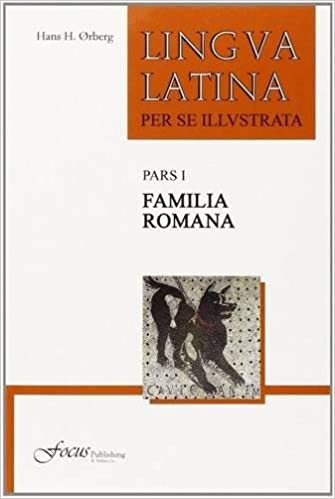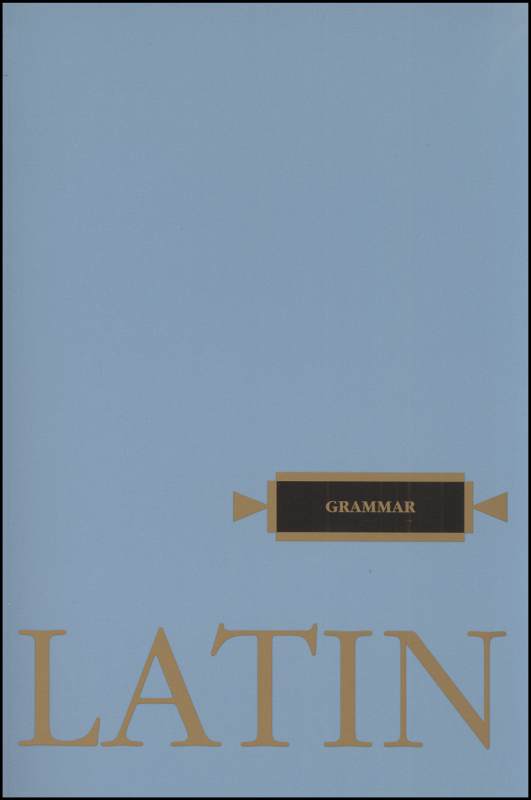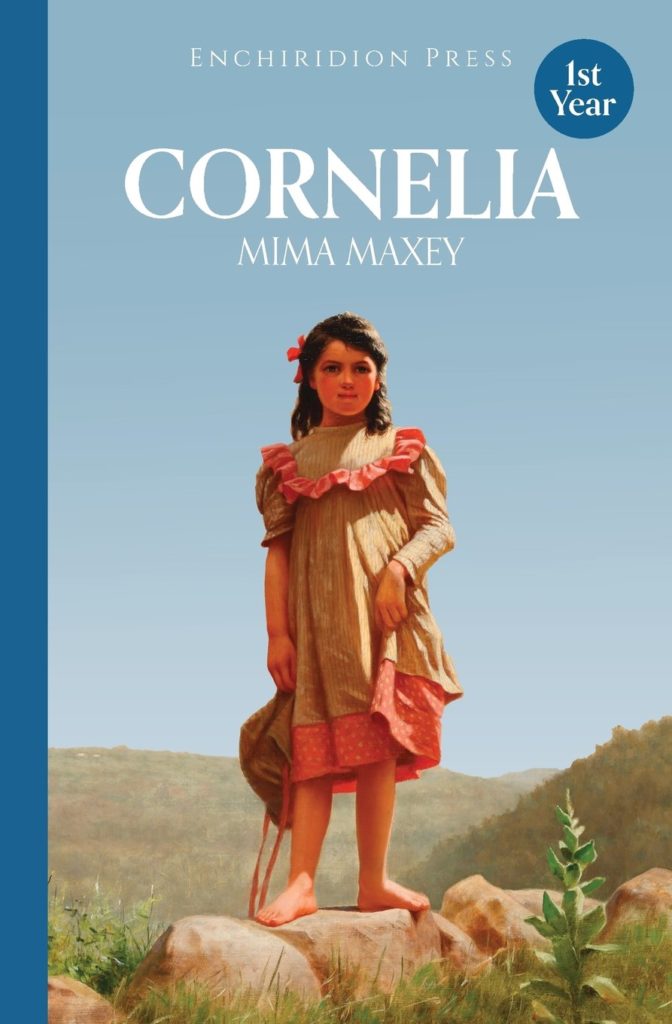WHAT YOU NEED TO GET STARTED
Need help organizing the digital curriculum? We’ve got a helpful entry on our blog that covers just that!
HOW VISUAL LATIN WORKS
Each week, your student will follow the basic pattern laid out in the Scope and Sequence.
For elementary/middle school students, plan on scheduling approx. 45 minutes per class on Monday and Tuesday, then 30 minutes the rest of the week.
For High School, plan on ~45 to 60 minutes per day. You will need to do this to get credit for Visual Latin. We also recommend High School students purchase the textbook Lingua Latina Pars I (on Amazon) and begin reading through one chapter every two Visual Latin lessons starting with VL Lesson 17. Until then, additional memorization of cases should be focused on.
The method of using Lingua Latina is to read it and re-read it over and over again until you have a good handle on what it means. It may seem tedious, but it actually works.
We also recommend listening to the free online Bible.is in Latin to practice pronunciation. Gene- sis, Matthew or John are good places to start.
Can I Use Visual Latin with Other Curricula?

As a Supplement to Lingua Latina
Lingua Latina is an all-Latin textbook that can be used alongside Visual Latin. We have created a free download that matches Lingua chapters and VL lessons. Follow the regular schedule using the patterns above but add 10-15 minutes a day of reading from Lingua Latina.

As a Supplement to Henle Latin
If you are using Henle Latin with Visual Latin, we believe the chances are high that you are using Visual Latin as a supplement. If this is the case, you will approach Visual Latin differently.

With Other Latin Readers
There are many public domain readers. We provide some of them as free downloads at Compassclassroom.com
